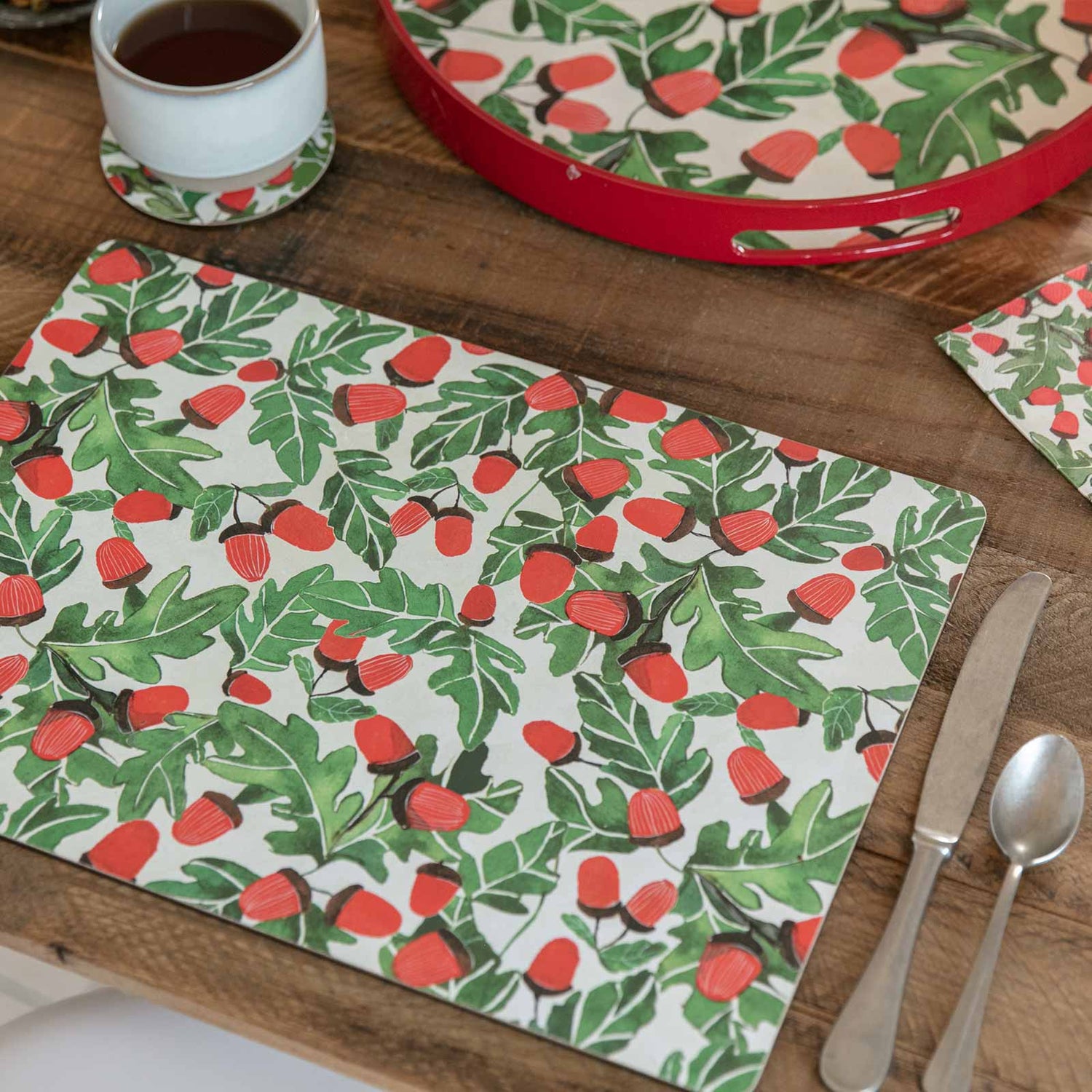9 Simple Techniques For Unique Art
9 Simple Techniques For Unique Art
Blog Article
The 9-Minute Rule for Unique Art
Table of ContentsThe Unique Art DiariesHow Unique Art can Save You Time, Stress, and Money.The Unique Art DiariesUnique Art Things To Know Before You Get This
While one could dispute which art kind holds priority, the truth continues to be that each of these 7 kinds provides a distinct window right into human history, society, and development. They are the tapestries that chronicle our trip, advising us of our past while inspiring visions for the future.Wonderful art work narrates, makes individuals look twice, and creates an unique experience that can not be matched. Art and illustrations connect all of that through shade, shape and other style elements. Find out just how to make your special art work stand out from the crowd.

8 TRIA GIOVANEqual parts grand and laidback, this entrance hall created by Anthony Baratta is the perfect plan to comply with if you're embellishing a formal entryway that still feels unfussy and comfortable. Patterned fabrics take facility phase (see the rugs and the couch), but they likewise help bring the high ceilings to a human range when hung over wallpaper.
An Unbiased View of Unique Art
18 Heidi Caillier DesignA gallery wall doesn't need to take up the whole room. Occasionally a small one can make a larger style declaration. In this living area, Hiedi Caillier chose for micro-mini frames and a random structure.
The aspects of this languageits shapes, lines, colours, tones, and texturesare utilized in different methods to produce feelings of quantity, room, activity, and light on a level surface area. These components are integrated into expressive patterns in order to represent genuine or mythological phenomena, to interpret a narrative style, or to develop completely abstract visual partnerships.
Later the concept of the "fine artist" created in Asia and Renaissance Europe. Popular painters were afforded the social status of scholars and courtiers; they signed their job, chose its layout and commonly its subject and images, and developed a more personalif not always amicablerelationship with their clients. During the 19th century painters in Western societies started to lose their social setting and safe patronage.
The Facts About Unique Art Revealed
Others gained a revenue with visiting exhibitions of their work. The need to appeal to a market had actually changed the similar (if less impersonal) needs of patronage, and its effect on the art itself was possibly similar as well. Typically, musicians in the 20th century could get to an audience just with business galleries and public museums, although their job might have been occasionally duplicated visit homepage in art periodicals.

Do not copy the style of other musicians if you're searching for your style. Duplicating other people's art work can be wonderful in educational functions yet it will not make you view publisher site closer to discovering your own unique style. Your creative design needs to be, what you like and what motivates you.
I would consider your own design as a style you repaint in naturally, when you allow go of all thoughts and guidelines and simply concentrate on paint, not considering it. Unique Art. The style needs to come normally to you when you are relaxed and you can't force it or it won't be your own style, just a person else's
The Only Guide for Unique Art

With time you'll be able to arrange every one of them into your favored more info here and least favorite categories. Try to concentrate your focus on the subjects and tools that you like and prior to you see it coming you'll have your own personal and special design, like nobody else have! So ultimately you'll have a few favorite subjects to repaint and possibly a couple of favorite mediums.
The style has to establish itself over time with a whole lot of practice and experiments - Unique Art. Thanks for reading this article and if you have any kind of questions leave them in the comments below, I 'd more than happy to answer these
Report this page